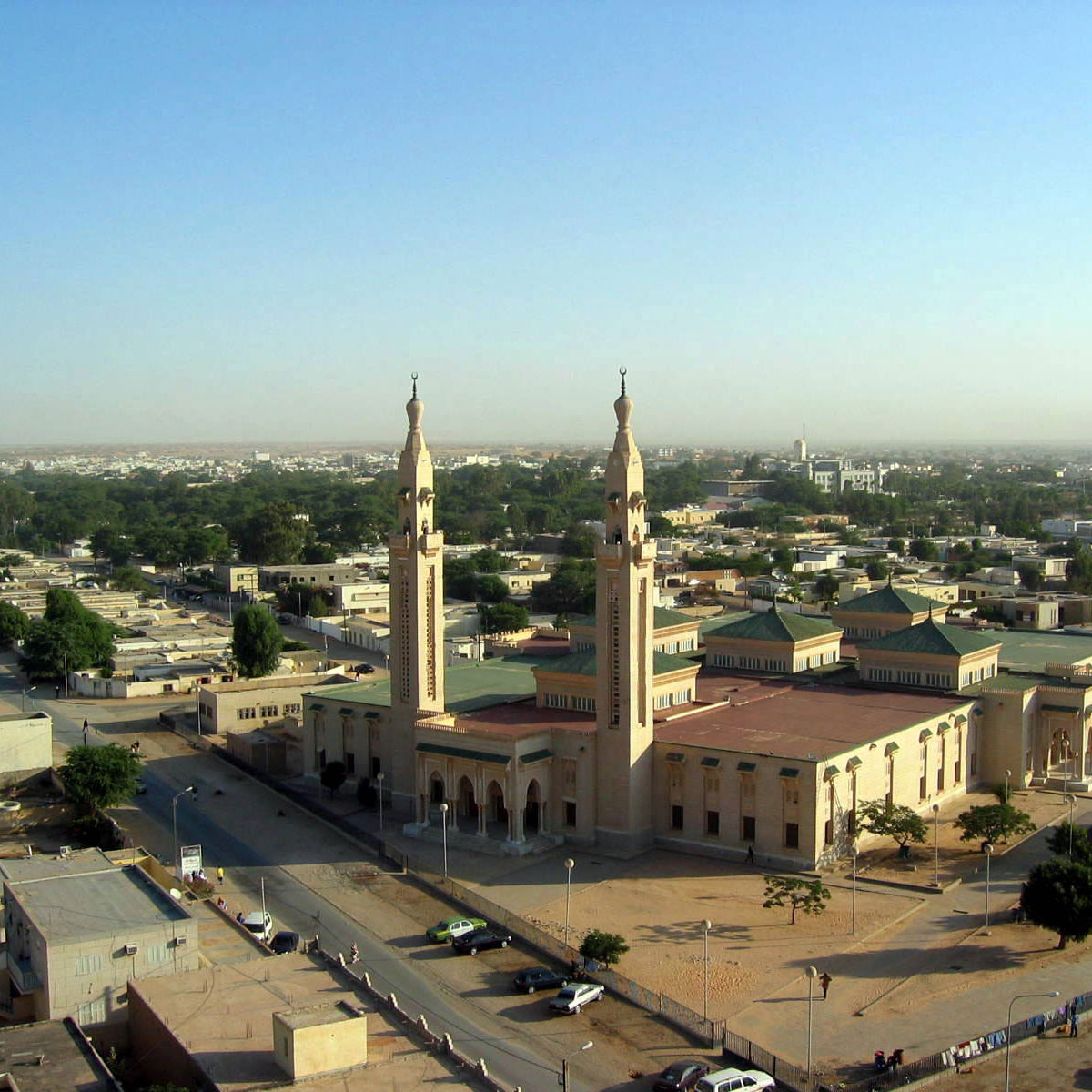Mauritania is known as a predominantly Saharan Desert. Like the other Sahara countries, Mauritania is a hot place with extremely hot temperatures, windy and dusty hence making it challenging to reside in. However, the Sahara played a vital role in trade, leading to the development of towns such as Oualata, Tichitt, Ouadane, and Chinguetti which are currently listed in the UNESCO World Heritage. In the construction of the buildings within the towns, the goal was to ensure they were adaptable to the desert environment. However, Mauritania is also popular for a wide range of natural and manmade landmarks.
The Hot Climate
Some of the most outstanding manmade landmarks include the abandoned town of Azougui which has been in existence from the 7th century. The building includes large fortresses that are surrounded by large palm paintings. Nouakchott, meaning the place of winds, is the capital of Mauritania. Prior to the late 1950s, the town was an important midsized village in the country. However, harsh climatic conditions have continued displacing people who move to the city, causing overpopulation and the development of slums.
At times referred to as an Oasis in the desert, Mauritania is spatially populated which may explain the sparsely situated nomadic settlements and ancient architecture. However, the houses are constructed closely together, to protect each other from the harsh sun, the wind and the dust in the desert.
For traders passing through, tents provided light and easy mode of accommodation especially since they would be on the move from one region to the next. However, towns such as Nouakchott provided a nice alternative for residence. Furthermore, such close-knit designs allowed the settlers to maintain their privacy and protection from outsiders. The walls are specially constructed using heavy materials, many stones, in order to keep the temperatures inside as cool as possible during the day and as warm as possible during the cold nights. Regardless of the need for protection, socializing remained an important part of the courtyards opening to the inside of the houses.
Nouakchott Architecture
In terms of architecture, Nouakchott may be defined as having a characteristic stone architecture style. Contrary to most of the Middle Eastern ancient architecture, Mauritania mainly relied on stone as the key building materials. This is because stones were plentiful in the desert thus accessible and affordable. Furthermore, other materials, while inaccessible, would not have provided the same benefit in terms of protecting the residents from the harsh climate. The construction entailed fitting the stones together and using little clay to fill the gaps.
Clay was also used to plaster and protect the structures. The solid structures, while they may have suffered damage over the years, remain visible to tourists. Such include the Old Port in Nouakchott monument located near the Stadium of Ksar. Due to the inaccessibility of clay, the stones were mined near sand dunes and shaped on-site to provide different shaped stones that would easily fit together even without clay.
Unlike most capitals around the world, Nouakchott stands out for having old housings as the main dwellings. It is worth noting that the town of Nouakchott was initially occupied by the French hence some of the designs have thatched roofs and daub structures which include vertical wooden stakes woven using horizontal twigs and daubed with clay. The goal was to ensure that the structures were weatherproof. However, the clay was not suitable hence one of the reasons for the settlements ending in ruins. Some of these ancient architectural designs continue playing a crucial role in modern-day designs. In other regions, the buildings entail flat roofs which are mainly made from palms while the doors are mainly hand-sewn from acacia trees which have since disappeared from the region.
Functional Architecture
It is equally important to note that most of the houses had no specific functions since the people were nomads. Therefore, the houses would be used for a range of activities from residence to acting as storehouses for the traders. Furthermore, each town was enclosed by stone walls, with an entrance for the caravans. The town of Nouakchott was constructed on empty coastal dunes. However, the reliance on traditional styles has seen modern buildings being constructed using the traditional Berber style- a nomadic culture exhibited by societies in North Africa.
Many of the buildings constructed using the vernacular designs are currently in ruins due to regular sand dunes and increasing desertification. At the same time, such weather has deemed it inhabitable for most. However, the remaining buildings indicate the primary goal as being that of protecting the residents from the harsh climatic conditions from the thick stone walls and the narrow streets leading to the central mosque which protected the residents from the sand dunes. As a predominantly Muslim country, it is understandable why the Mosque was a central location in Nouakchott. Today, Nouakchott stands out for its rich history, the location of the Central Mosque and the National Library, which is home to more than 10,000 volumes. However, it is the ancient architecture, most of which is in ruins, that has been attracting tourists to the region.









